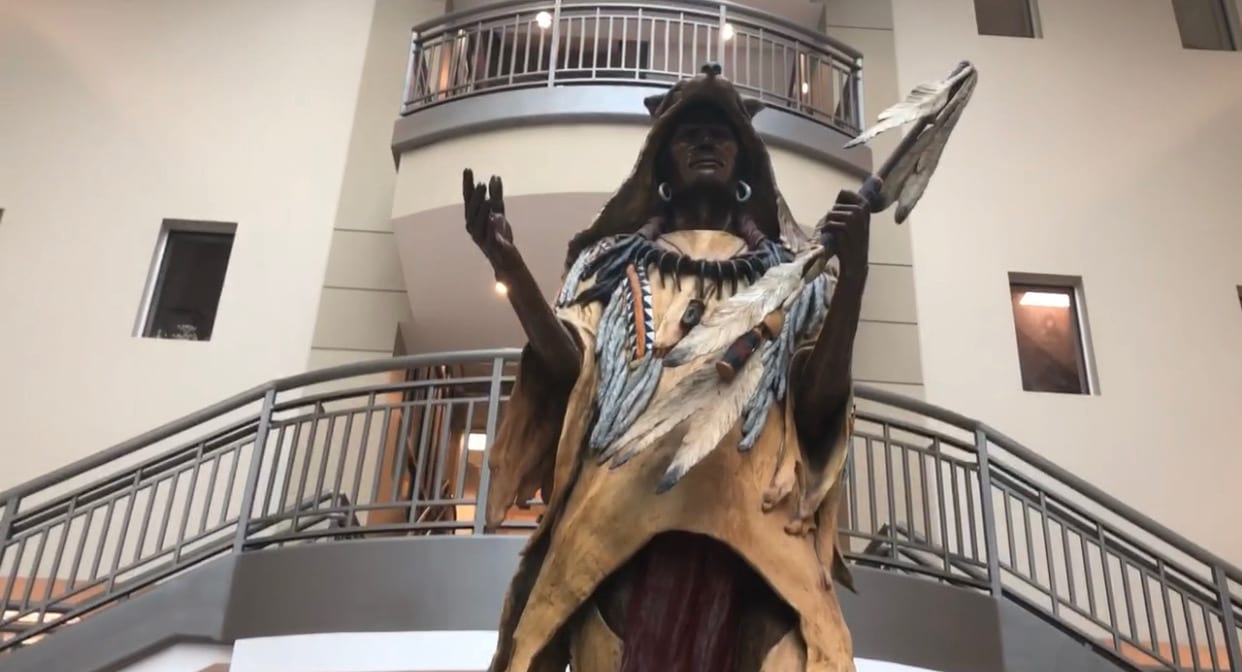The Sunshine State is certainly a popular tourist destination amongst U.S. residents. Even Florida natives must admit there is much to see and do all within driving distance of their homes. Unfortunately, the bloodier parts of Florida’s history have been sun-bleached away and replaced with airy promises of family fun and simple beauty.
Before the violent Native American removal in the 19th century, Florida was home to a variety of tribes which resisted the Spaniards. According to the Seminole Tribe’s
website, these tribes described themselves as “yat’siminoli” meaning “free people,” a term Americans refashioned into “Seminoles” as a blanket term for all Florida natives. Historically, there were two Seminole Wars, the first of which was Andrew Jackson conducting merciless
string attacks against natives across Florida, and the second was a seven-year-long product of the 1830 Indian Removal Act.
The juxtaposition between the informational perspective on the overall cost of the Second Seminole War is jarring. On its website, the Trail of Florida’s Indian Heritage organization neglects to delve deeper than surface-level regarding the malicious motivations of Americans in the war. While exact Seminole casualties are unknown, the website largely describes fallout in terms of US soldiers and Americans. It’s only reference to the malicious motivations of Americans is an acknowledgment of “the obvious duplicity of the U.S. government’s tactics,” but the organization fails to identify just what those tactics are. Meanwhile, they do not shy away from the wrongs their tribe experienced.
Considering this tragic history that the tourism industry intentionally waters down, it is safe to say protected Native American historical sites don’t do nearly enough to acknowledge past transgressions or contribute to significant reparations. One such site listed by the Trail of Florida’s Indian Heritage is Deering Estate, grounds historically home to “Paleo Indians, Tequestas, Seminoles, Afro-Bahamians and Anglo-Americans.”
This estate has undoubted seen endless cruelty and bloodshed over time — but many couples who marry in South Florida host their wedding there. Its unsettling to think that people are allowed to happily cement their relationships over the same soil where people watched their family die or where they thought they would spend their lives before being dragged out.
Another reserved site is Fort Pierce in Old Fort Park. Aside from the fact this site is named after Lt. Col. Benjamin K. Pierce who was part of the effort to fight the Seminoles off their own land, visitors will only know about the USperpetuated violence that occurred on the land if they take the time to stray from their paths
and read signs that provide brief information. Further, Loxahatchee River Battlefield Park within Riverbend Park only became official in 2,010 years and years after the government dehumanized those with a birthright to the land. Within the park is the 300-year-old “Tree of Tears,” a Seminole burial mound designated only by a wooden fence. Even then, the wooden fence is less to pay respect to the significance of the tree. According to Indian Country Today, the dying tree is “currently fenced in to protect visitors from the falling branches.”
That’s right: a burial mound for those who died being pushed out of their homes is only marked mainly because of safety to park visitors and not to venerate the countless lives lost.
The US treated Native Americans horribly and their history should not be hidden behind tourist attractions when it’s convenient or profitable. The government should do more to educate Florida residents and tourists alike about the land they explore.


